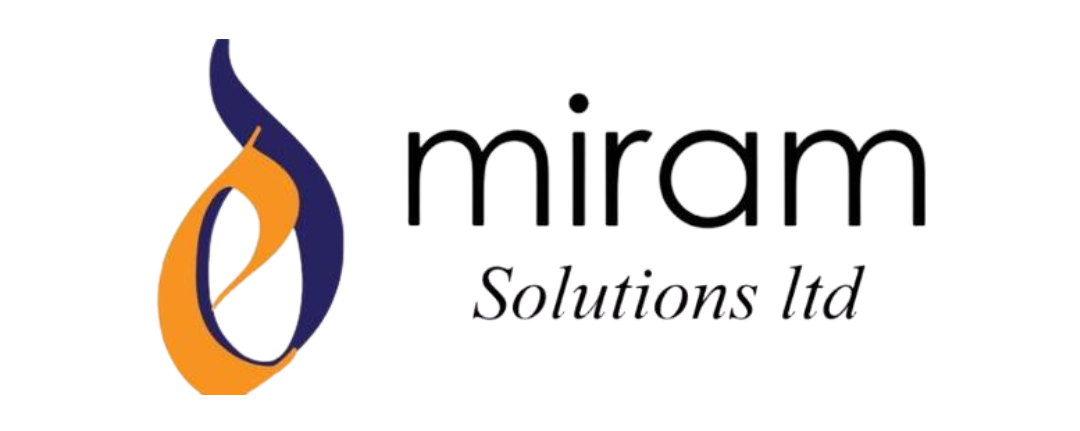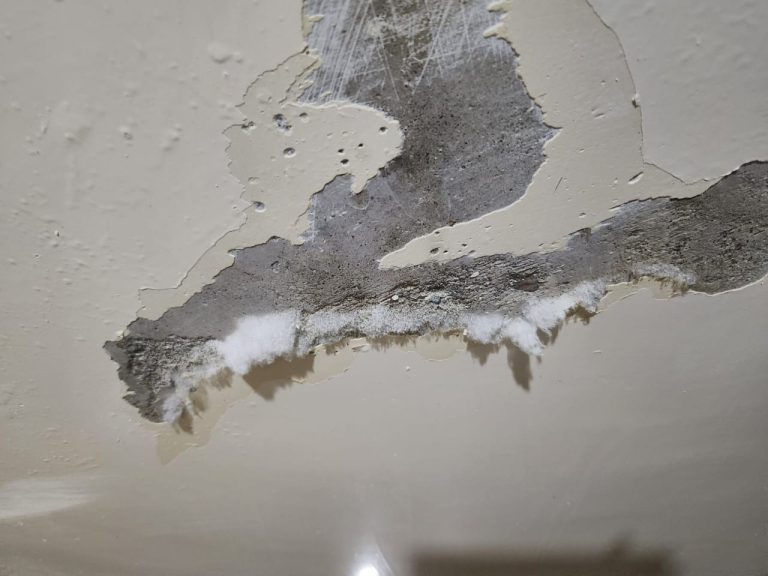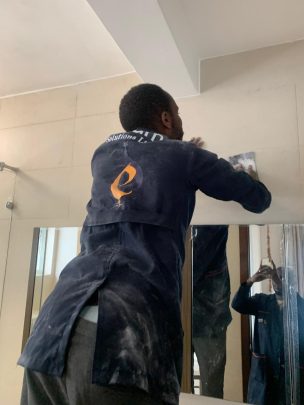How to Detect Mold in Your Home
Mold growth in your home can be both a health hazard and a costly inconvenience if left untreated. Mold thrives in damp environments, making it essential to know how to spot it early. This guide will help you identify signs of mold and take proactive steps to protect your home and health.
Signs of Mold
Recognizing the signs of mold is the first step in addressing the issue. Look out for the following indicators:
- Unpleasant Odors: Mold often produces a musty smell. If certain rooms emit stronger odors, mold may be lurking nearby. If the smell intensifies when your air conditioning or heating system is running, mold could be in your HVAC system.
- Health Symptoms: Mold exposure can cause symptoms like sore eyes, coughing, sneezing, skin irritation, headaches, and respiratory issues. If these symptoms improve when you’re away from home, mold might be the culprit.
- Visible Mold: Mold frequently appears in bathrooms, on walls, or between tiles. Small patches may signal larger hidden growth beneath surfaces.
- Water Leaks: Leaks from pipes or roofs create the moisture mold needs to thrive. Long-standing leaks often result in unseen mold behind walls or under floors.
- High Humidity: Homes with humidity levels above 60% are more prone to mold. Use a hygrometer to monitor humidity and address any excess moisture.
- Flooding History: If your home has experienced flooding, mold can form in areas that weren’t thoroughly dried within 24 hours.
- Poor Ventilation: Insufficient airflow traps moisture, particularly in attics and bathrooms, creating ideal mold conditions.
- Water Stains, Rust, and Warping: Discolored walls, rust on metal surfaces, and warped materials often signal moisture problems, which may lead to mold growth.
Common Places to Check for Mold
- Laundry Rooms: The gasket around front-loading washing machines can retain moisture, fostering mold.
- Window Seals: Condensation along window frames provides a perfect breeding ground.
- Refrigerator Drip Pans: These areas collect moisture and are often overlooked during cleaning.
- Basements and Attics: Poor ventilation and leaks make these areas prime mold hotspots.
- Bathrooms: Persistent humidity and leaks encourage mold growth on tiles, walls, and fixtures.
- Under Carpets: Wet carpets can trap moisture, leading to mold growth beneath the surface.
How Miram Solutions Can Help
If you suspect mold in your home but can’t locate it, Miram Solutions offers comprehensive mold inspection services. Our experienced professionals use advanced techniques to detect hidden mold and assess moisture levels. With our commitment to quality service, we provide thorough inspections and tailored solutions to meet your needs.
Mold Removal and Prevention
Prompt mold removal is crucial to protecting your property and health. Whether it’s visible mold or hidden growth, addressing the issue quickly can prevent costly damage. Our team at Miram Solutions not only removes mold but also provides expert advice on moisture control and long-term prevention. Read this post on mold removal guide to learn more.
If you’re concerned about mold in your home, don’t wait—contact Miram Solutions today for professional mold treatment and consultations. Let us help you create a healthier, mold-free environment.


